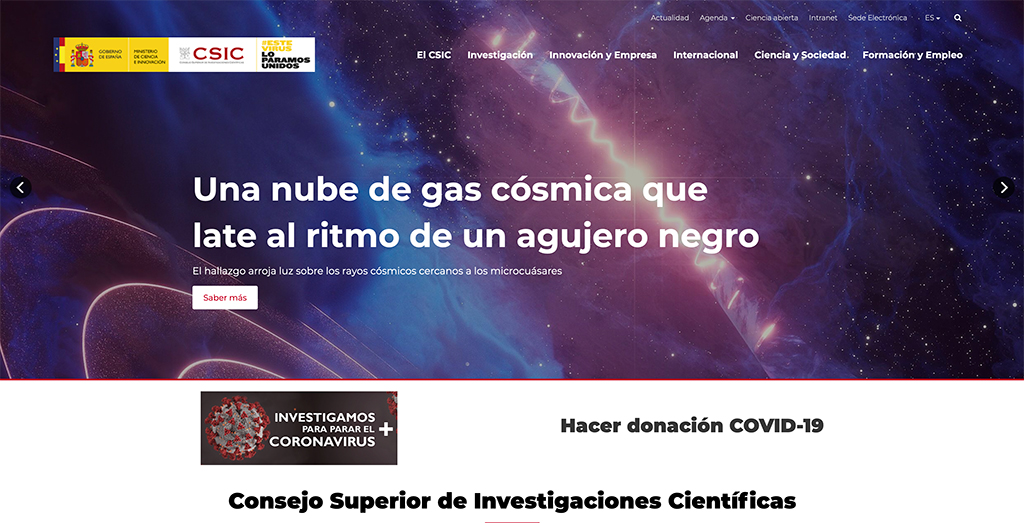An inconspicuous cloud in the constellation Aquila is beating with the rhythm of a nearby precessing black hole, indicating a connection between the two objects, as the team led by DESY scientist Jian Li and ICREA Professor Diego F. Torres at the Institute of Space Sciences (CSIC) reported in the journal Nature Astronomy.
The research team is composed of international scientists from Germany, Spain, China and America. They rigorously analysed more than ten years of data from NASA’s Fermi space telescope, looking at a so-called microquasar. The system catalogued as SS 433 is located some 15 000 lightyears away and consists of a giant star with about 30 times the mass of our sun and a black hole with about 10 to 20 solar masses. The two objects are orbiting each other with a period of 13 days, while the black hole sucks matter from the giant star, generating jets.
The high-speed particles and the ultra-strong magnetic fields in the jet produce X-rays and gamma rays. The accretion disc does not lie exactly in the plane of the orbit of the two objects. It precesses, or sways, like a spinning top that has been set up slanted on a table. As a consequence, the two jets spiral into the surrounding space, rather than just forming a straight line. The precession of the black hole’s jets has a period of about 162 days.
Meticulous analysis revealed one gamma-ray signal with the same period from a position located relatively far from the microquasar’s jets. It is located at the position of gas cloud. The found timing signal provides an unambiguous connection between the microquasar and the cloud, separated by about 100 light years. This is as amazing as is intriguing, opening questions regarding how the black hole powers the cloud’s heartbeat thus far.
[Based on press releases by DESY, Arecibo, CSIC. Commented worldwide, including by The New York Times, People’s Magazine, Scify Channel, Astronomy Now, and in more than 150 other newspapers and news agencies, from Argentina to Fiji Islands. According to Nature Astronomy Altmetrics the impact of this work is in the top 5% of all that have been published in the journal.]
